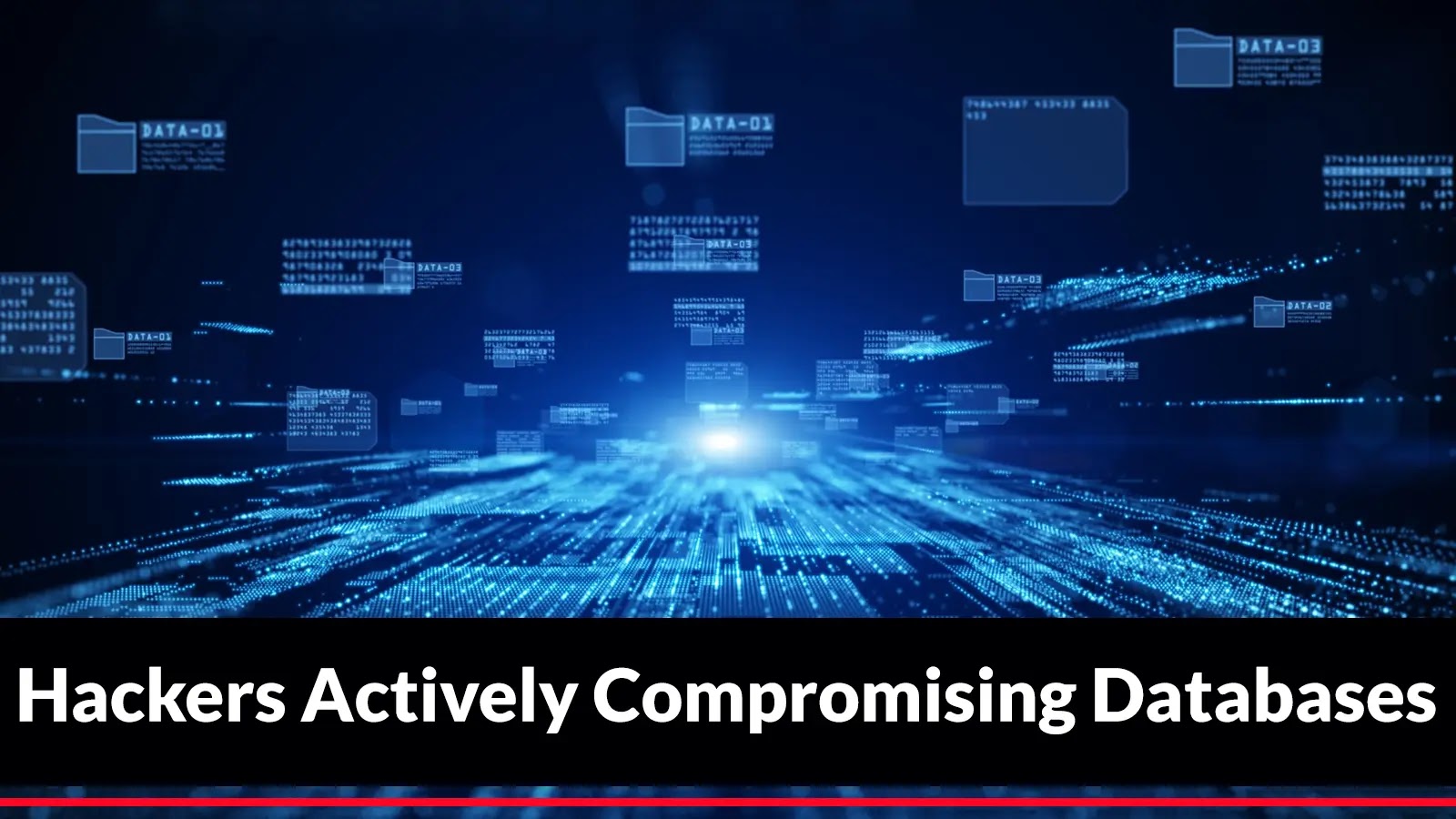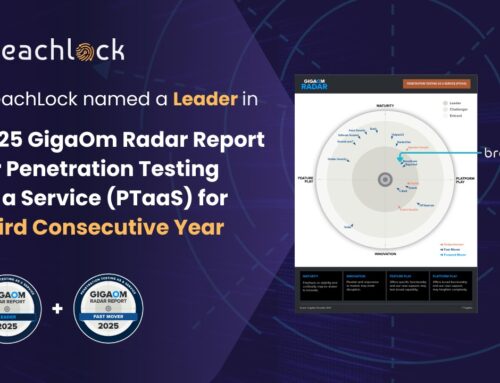
Hackers Actively Compromising Databases Using Legitimate Commands
The Silent Compromise: When Legitimate Commands Become Malicious Weapons
In the evolving landscape of cyber threats, a sophisticated new tactic is emerging that bypasses traditional security defenses and leaves organizations vulnerable. Threat actors are now actively compromising databases worldwide, not through conventional malware, but by leveraging legitimate database commands. This “malware-less” approach represents a significant shift, exploiting the very functionalities designed for database management to steal, wipe, and ransom critical data. For IT professionals, security analysts, and developers, understanding this methodology is paramount to safeguarding sensitive information.
Beyond Traditional Ransomware: The Rise of Legitimate Command Abuse
We’ve grown accustomed to ransomware campaigns that encrypt files using malicious binaries, making operations overt and detectable by endpoint protection. However, a new breed of attack operates in the shadows. Instead of deploying custom malware, threat actors are directly interacting with exposed database services, abusing standard database functionalities to achieve their objectives. This method skillfully evades security tools designed to detect anomalous executable behavior, as the actions themselves appear to be legitimate database operations.
The core of this strategy lies in exploiting misconfigurations, weak authentication, or unpatched vulnerabilities that grant attackers initial access to database systems. Once inside, they utilize built-in commands for data exfiltration, deletion, or manipulation, effectively holding critical information hostage without ever introducing a binary payload.
Understanding the Attack Vector: How Databases Are Compromised
The attack methodology is insidious in its simplicity. Threat actors typically follow a phased approach:
- Initial Access: This often begins with exploiting publicly exposed database ports, weak administrator credentials, or vulnerabilities within the database management system (DBMS) itself. Examples could include SQL injection attacks or exploiting known authentication bypasses.
- Reconnaissance and Privilege Escalation: Once initial access is gained, attackers use legitimate database commands to query schema, identify valuable tables, and potentially escalate privileges within the database environment.
- Data Exfiltration: Standard export functionalities, replication mechanisms, or even simple SQL queries can be leveraged to extract sensitive data. This data is then often moved to attacker-controlled infrastructure.
- Data Manipulation or Deletion: With sufficient privileges, attackers can then use
DELETE,DROP TABLE, or other data manipulation language (DML) commands to destroy or corrupt vital information, mimicking the impact of a data-wiping ransomware attack. - Ransom Demand: Following the compromise and potential data destruction/exfiltration, a ransom demand is typically issued, often leveraging the fact that no traditional malware was detected, adding to the victim’s confusion and pressure.
The “Malware-less” Advantage for Threat Actors
The primary advantage for attackers using this method is stealth. Since no malicious executables are introduced, traditional endpoint detection and response (EDR) solutions that rely on signature-based or behavioral analysis of file execution may completely miss the attack. Network intrusion detection systems (NIDS) might flag unusual traffic patterns, but distinguishing legitimate-looking database commands from malicious ones can be challenging without deep contextual analysis.
Furthermore, this approach simplifies the attacker’s toolkit. They don’t need to develop sophisticated malware or exploit kits; instead, they rely on pre-existing functionalities and the target’s security hygiene. This lowers the barrier to entry for some attackers while increasing the complexity of detection for defenders.
Remediation Actions: Fortifying Your Database Defenses
Responding to this threat requires a multi-layered approach, focusing on database security best practices and proactive monitoring.
- Strict Access Control and Principle of Least Privilege: Ensure all database users and applications operate with the absolute minimum privileges required for their function. Regularly review and revoke unnecessary permissions.
- Robust Authentication: Implement strong, unique passwords for all database accounts. Enforce multi-factor authentication (MFA) for administrative access and external connections whenever possible.
- Patch Management: Proactively and consistently apply security patches and updates to your database management systems (DBMS) and underlying operating systems. Many compromises stem from exploiting known CVEs for which patches are available.
- Network Segmentation and Firewalls: Isolate database servers on dedicated network segments. Implement restrictive firewall rules to allow access only from authorized IP addresses and applications on specific ports. Explicitly block external access to database ports unless absolutely necessary and properly secured.
- Database Activity Monitoring (DAM): Deploy DAM solutions to monitor and audit all database interactions. Look for unusual queries, large data exports, privilege changes, or access attempts from unexpected sources or at unusual times.
- Regular Backups and Recovery Plans: Maintain regular, tested backups of all critical databases. Ensure these backups are stored securely, off-site, and are immutable to prevent compromise during an attack. Develop a comprehensive incident response plan for data recovery.
- Vulnerability Scanning and Penetration Testing: Conduct regular vulnerability assessments and penetration tests targeting your database infrastructure. These can uncover misconfigurations, weak points, and potential attack vectors before threat actors do.
- Input Validation and Prepared Statements: For applications interacting with databases, rigorously validate all user input to prevent SQL injection and similar command injection vulnerabilities. Utilize prepared statements with parameterized queries to separate code from data.
Detection and Mitigation Tools
Implementing the right tools is crucial for detecting and mitigating these sophisticated attacks.
| Tool Name | Purpose | Link |
|---|---|---|
| Imperva Database Security | Comprehensive database activity monitoring, threat detection, and virtual patching. | Imperva Official Site |
| IBM Guardium Data Protection | Real-time database activity monitoring, vulnerability assessment, and compliance reporting. | IBM Official Site |
| Tenable.io (Vulnerability Management Platform) | Identifies vulnerabilities in database systems and configurations. | Tenable Official Site |
| SQLmap | Open-source penetration testing tool for detecting and exploiting SQL injection flaws. (Use responsibly and ethically.) | SQLmap Official Site |
| Open-source DAST/SAST Tools | Static/Dynamic Application Security Testing tools can identify code-level vulnerabilities in applications interacting with databases. | (Varies, e.g., OWASP ZAP, Burp Suite, SonarQube) |
The Critical Need for Contextual Security
The shift towards “malware-less” database compromises underscores a fundamental truth in cybersecurity: defense must evolve beyond mere signature detection. Organizations must adopt a contextual security posture, enabling them to understand not just what actions are being performed, but also who is performing them, from where, and whether those actions align with established baselines of legitimate behavior. By strengthening foundational database security practices and investing in advanced monitoring capabilities, businesses can significantly reduce their attack surface against these increasingly prevalent and sophisticated threats.





